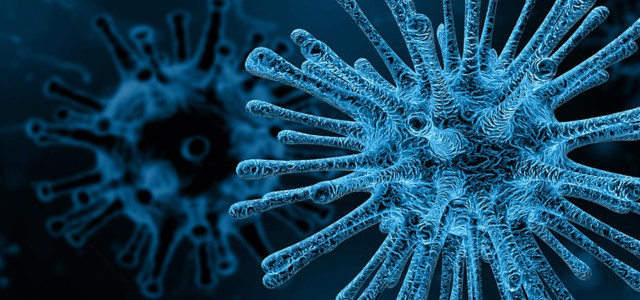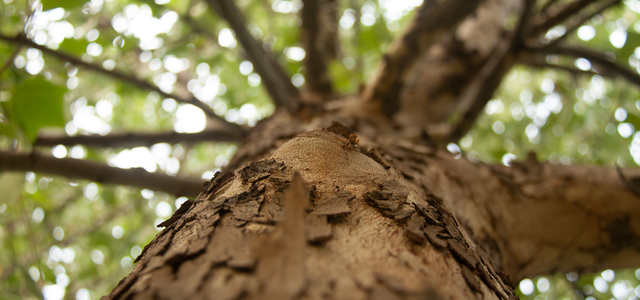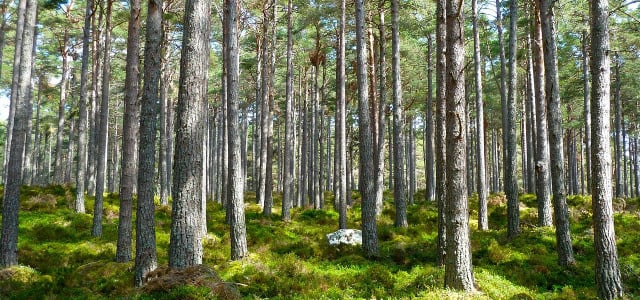Cryopreservation is an essential tool in the preservation and restoration of species across the planet. Find out how it works and why it is so important in biodiversity.
Cryopreservation is the process of preserving living tissue cells by freezing them. The freezing of living cells is of real practical, medical, and environmental interest – especially in the conservation of endangered plant and animal species and the preservation and restoration of nature’s rich biodiversity.
It works by removing tissue cells from a species, and freezing them in a controlled and monitored environment. Once tissue cells are removed from the freezer and warmed to body temperature, they will naturally begin to multiply.
Cryopreservation is giving hope to many conservationists working tirelessly to preserve and protect the planet’s biodiversity, and the beautiful, unique, and endangered animals and plants that live and grow in it.
Cryospreservation’s Role in Biodiversity
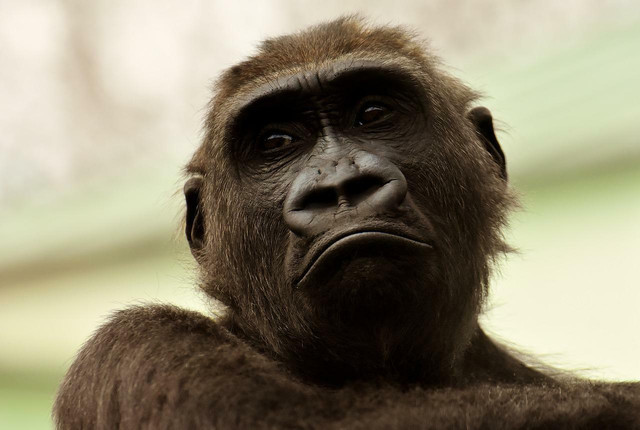
(Foto: CC0 / Pixabay / Alexas_Fotos)
It is estimated that the biodiversity crisis currently stands at some one million species that are currently at risk of extinction globally. Cryopreservation plays an important role in biodiversity as it preserves the genetics of living species and opens the possibility for future regrowth and revival.
Among the approximately 250,000 different plant species in the world, it is estimated that thousands of plants are now endangered. This is causing a narrowing of diversity of plants, which is a real problem seeing as plants cover a large portion of the nutrient-rich requirements of the human diet. Preserving plant diversity is therefore crucial in order to maintain food security for the planet. Cryopreservation of plants is successfully moving forward and has already saved hundreds of plant species.
The number of endangered animal species on the planet is growing. One in every four mammalian species is estimated to be threatened with extinction. Preservation efforts are therefore needed now more so than ever to help protect, conserve and restore the planet’s dwindling array of wild and rare animal species.
Cryopreservation is an essential tool here, as it enables the possibility to clone animals using their frozen DNA. Collecting and freezing wild animal tissue cells before the species dies off is an essential task as it will reduce the risk of losing our planet’s unique biodiversity.
Did you know that species diversity isn’t the only type of biodiversity? Learn more: The 3 Types of Biodiversity Explained
Other Uses of Cryopreservation
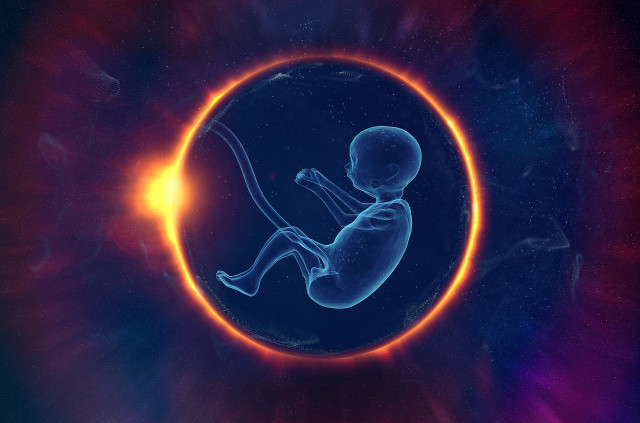


(Foto: CC0 / Pixabay / Vic_B)
Cryopreservation is not just for plant and animal species however. Cryopreservation is also readily used on human tissue cells, most notably embryos. Also known as Oocyte cryopreservation, human eggs are removed, frozen, and stored. The eggs that are in cryogenic storage, can later be thawed, fertilized and transferred to the uterus.
The preservation of human tissue begs the question as to whether cryopreservation can be used on a larger scale. Also known as cryonics, this form of cryopreservation freezes the whole body in the hope of reviving it one day. Efforts are already underway, in which dead bodies are being stored in liquid nitrogen, allowing the cells to survive dehydration after death.
Unfortunately, there is no clear evidence that the rewarming and reviving of a dead human body is possible, and scientists are highly skeptical of its success at this stage. However, as of 2010, there are more than 200 human bodies in cryogenic storage across the United States and Russia.
Read more:
- Endangered Trees: 10 At-Risk Species
- Gorillas Are Endangered and Here’s How You Can Help
- Should Zoos Be Banned?
Do you like this post?






